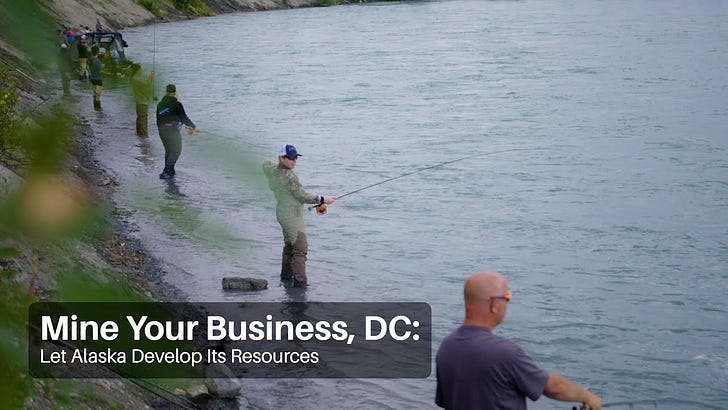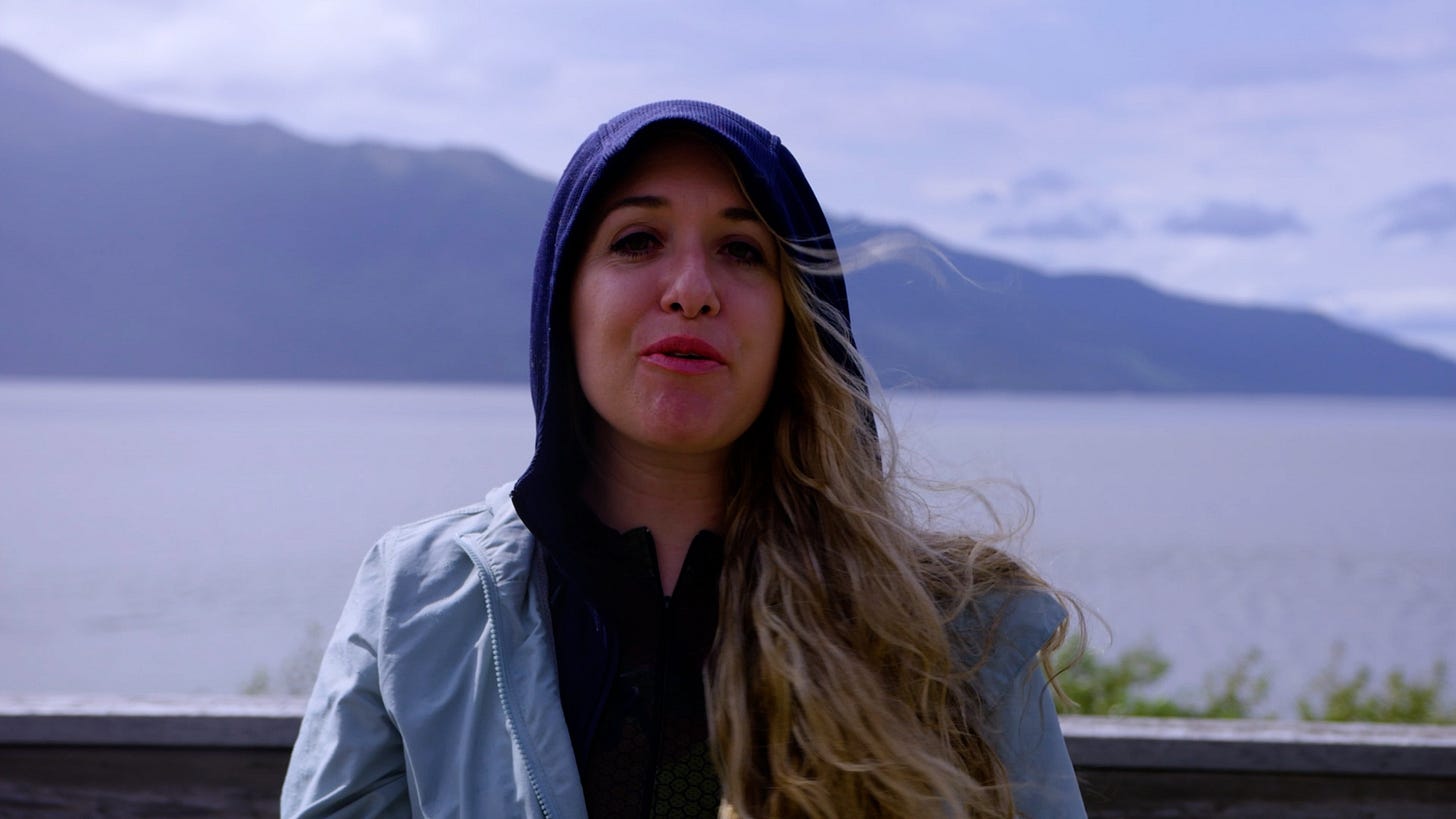Good afternoon,
For you newbies out there, welcome to Outsider on the Inside. I hope this dispatch from in and around the nation’s capital on underreported topics finds you well.
If you’re just discovering my musings, here’s a backgrounder and make sure we’re connected on Facebook, Instagram, Twitter, and YouTube.
Quick Thoughts of the Week
If you don’t already, follow IWF’s Center for Energy and Conservation (which I helm). I can’t believe it’s been three months since I got promoted to center director!
RIP to country music titan, Toby Keith, who passed away this week. I was lucky to see him perform at the KFC Yum! Center in Louisville, KY in 2016.
President Biden won’t be tried for corruption because a jury won’t be able to convict him due to his age and him being “a sympathetic, well-meaning, elderly man with a poor memory.” And he confused Egypt for Mexico. Oooof.
I’m digging new music from Kacey Musgraves and The Castellows.
Catch up on my Safari Club convention coverage here.
That’s it for the week. Stay tuned for next week’s update!
Environmentalists Silent on Biden Western Solar Plan
After wind energy’s very bad year, President Biden now intends to catalyze utilize-scale solar energy generation out West.
The Department of Interior outlined its goal to harness 1,700 megawatts of solar generation to achieve carbon neutrality by 2035 in its new Draft Programmatic Environmental Impact Statement (EIS) for Utility-Scale Solar Energy Development. There are six alternative EIS plans the Bureau of Land Management is considering to update its 2012 Western Solar Plan—with the agency’s preferred alternative being one using 22 million acres of federal lands to harness electricity generated by solar power within “10 miles of existing and/or planned transmission lines save for “resource-based exclusion areas.”” Should the agency’s preferred alternative be formally adopted, impacted states would include Arizona, California, Colorado, Idaho, Montana, Nevada, New Mexico, Oregon, Utah, Washington, and Wyoming. BLM, however, says only 700,000 acres of BLM land – or 3% of the suggested 22 million acre figure – are needed to meet the Biden administration’s solar goals.
A sporting group often aligned with the Biden administration’s environmental agenda warned utility-scale solar development could imperil “priority habitat, migration corridors, and popular public land hunting groups” while the popular Meateater website pointed out the preferred alternative is vague about impacts to wildlife.
“Numerous wildlife species may be adversely impacted by solar energy development causing loss of habitat; disturbance; loss of food and prey species; loss of breeding areas; impacts on movement and migration; introduction of new species; habitat fragmentation; and changes in water availability. Construction and operation of transmission lines and/or meteorological towers can result in bird and bat mortality,” the draft EIS statement reads. “The magnitude of impacts depends on the type, amount, and location of wildlife habitat that would be disturbed, the nature of the disturbance, the wildlife that occupy the area prior to construction, and the timing of construction activities relative to the crucial life stages of wildlife.”
More troubling is utility-scale solar companies could exploit BLM’s proposed flawed Conservation Landscape and Health rule’s “conservation lease” program to offset environment damage they cause on public lands:
“Section 6102.4(a)(3) would specify that conservation leases may be issued either for “restoration or land enhancement” or “mitigation.” The proposed rule would only authorize issuance of conservation leases for ecosystem protection where that protection is related to a restoration or land enhancement project or to support mitigation for a particular action. For example, as part of authorizing a renewable energy project on public lands, the BLM and the project proponent may agree to compensate for loss of wildlife habitat by restoring or enhancing other habitat areas. A conservation lease could be used to protect those areas. Similarly, the BLM may require compensatory mitigation for residual impacts that cannot be avoided. A conservation lease could be used to put compensatory mitigation dollars to work restoring compromised landscapes.”
ICYMI: Watch Our Alaska Conservation Nation Report
I'm proud to introduce Part I of my Alaska CFACT Conservation Nation report. The takeaway? Mine your business, DC— let Alaska sustainably develop its natural resources.
As you watch this episode you’ll see me try my hand at gold panning, speak with Alaska mining representatives, and go fishing in the the Last Frontier’s famed Kenai Peninsula for wild salmon.
Thank you to Lorali Simon of Usibelli Coal Mine, Shalon Harrington of Ambler Metals LLC, Mike Satre of Hecla Greens Creek Mining Company, and Shannon Martin of Kenai River Sportfishing Association for making my report pop. And a special kudos to Deantha Skibinski and Rick Whitbeck for their help and consultation here.
Stay tuned for Part II dropping end of March!
ICYMI
Articles/commentary/media appearances from the past week.
MEDIA MENTIONS
n/a
ARTICLES/BLOGS
Catch up on District of Conservation episodes below.
Thank you for reading! Let me know your thoughts and encourage your friends to subscribe to the newsletter too.
—Gabriella




